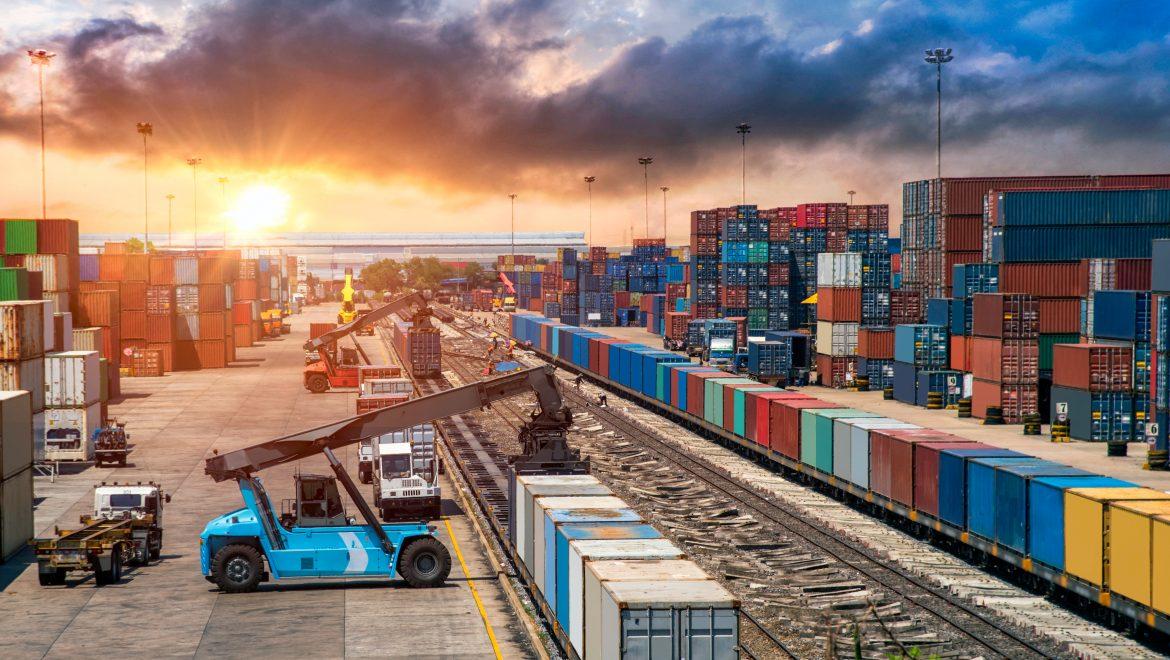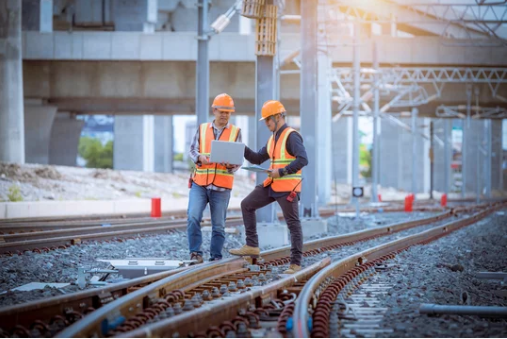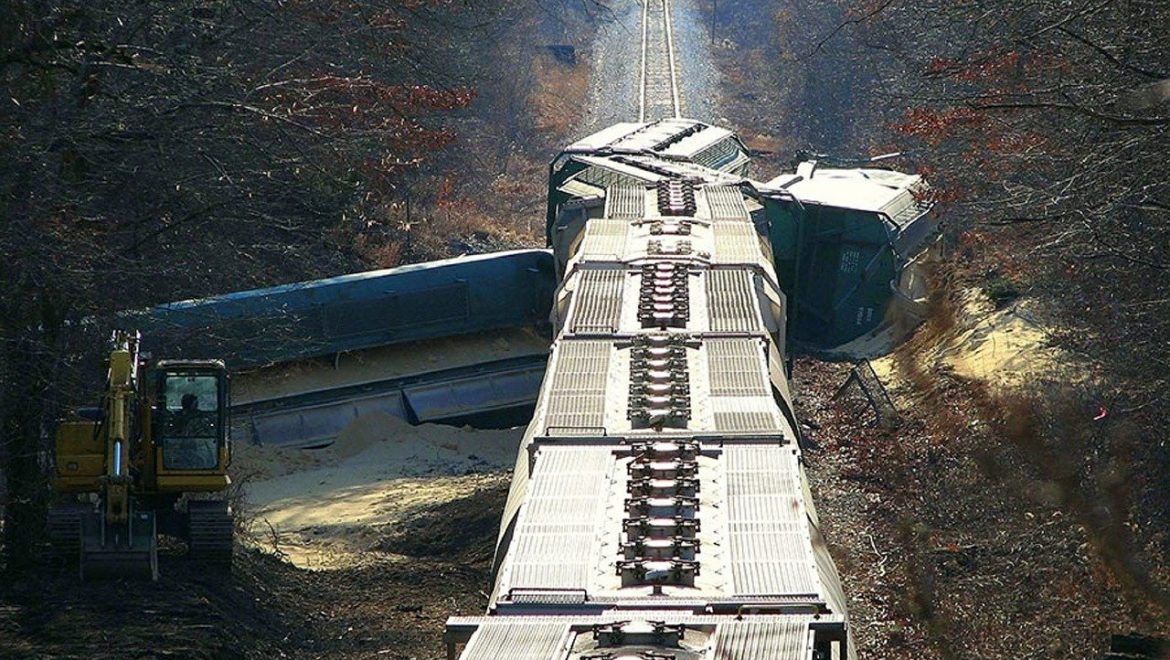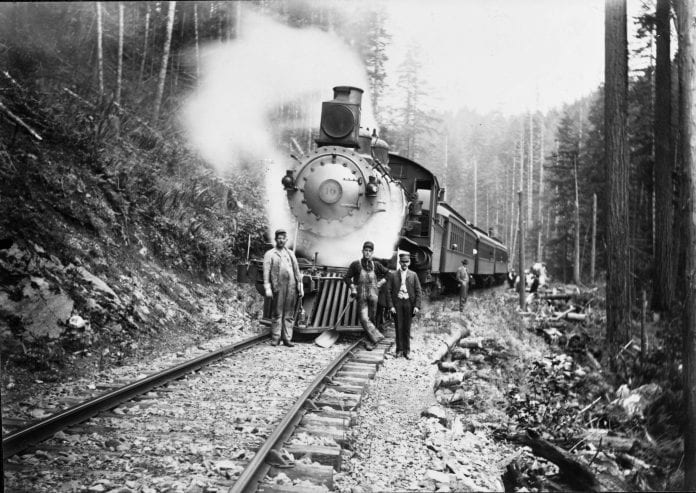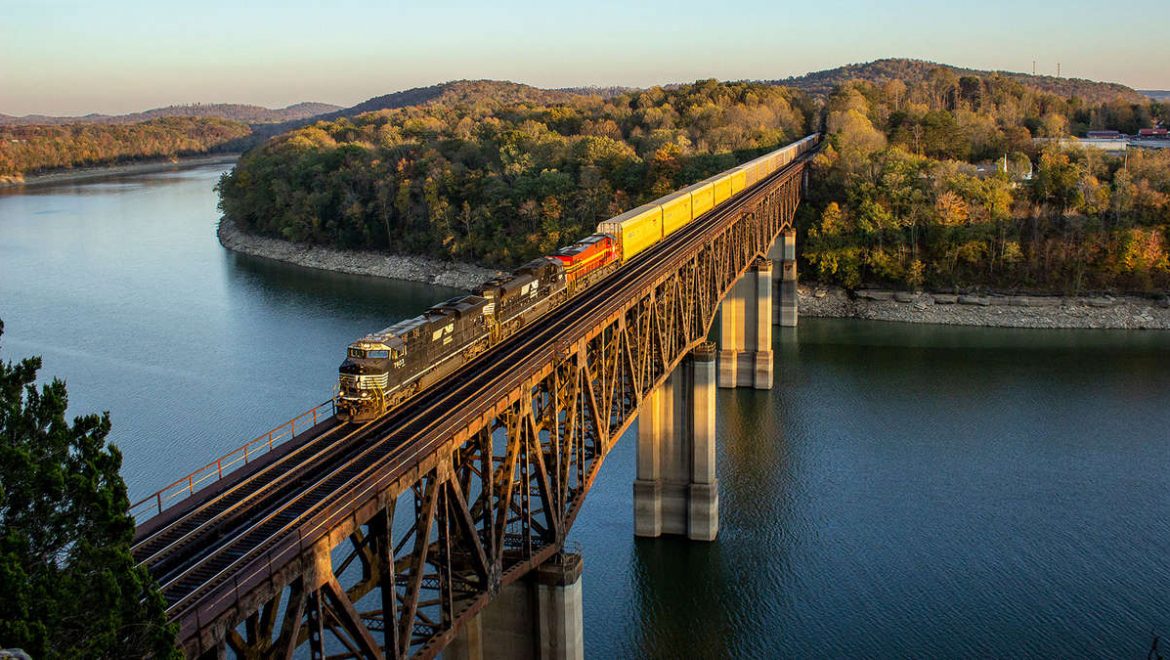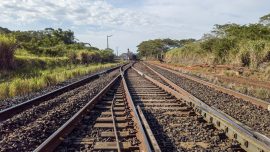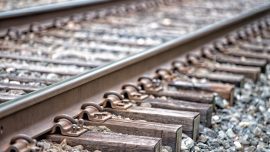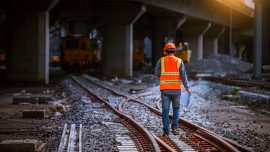Understanding The Benefits of Rail Transport
While people may not travel by train the way they used to, we still move a lot of goods by rail. According to the Federal Railroad Administration, nearly 30 percent of freight cargo transported in the United States reached its destination using trains, helped along by midwest rail contractors like us. There are many benefits of rail transport.
3 Benefits of Rail Transportation
In this blog post, we’ll discuss some of the benefits of rail transport and shipping goods using the rail system.
1. Its Cost Effective
Switching from road to rail shipping can save you anywhere from 10 to 40 percent, as you cut down on the cost of fuel — particularly for high volume shipments — and the cost of drivers.
2. It’s reliable and efficient
Trains run on set schedules and don’t have to share tracks with other vehicles in the way trucks do with other drivers. Your shipments won’t be delayed by things like weather or construction or traffic jams. And in many cases, the average transport time for a train is similar to road transit. It’s not a good fit for time-sensitive deliveries, but a more-than-viable option for longer hauls.
3. You can move large loads
Do you need to move high volumes of freight? Use a train. A double-stacked train can transport the same amount of goods as 280 trucks.
This is especially important at a time when over-the-road capacity is tight and finding drivers can be difficult. Rail transport doesn’t have the limitations you’ll find with trucking, meaning it’s a good solution for shippers seeking capacity.
Why shipping by rail is a green solution
Shipping by rail not only benefits your company, it benefits the planet. Here’s how:
1. It’s like carpooling without cars.
When you transport your goods by train, you’re sharing cargo space with other businesses. Just as carpooling takes cars off the road and uses less fuel, rail transit provides a similar function.
2. It uses less fuel
Rail transit is four times more fuel efficient than using trucks. Experts estimate that taking just 10 percent of truck freight off of the highways and moving it to the rail system would save 800 million gallons of fuel a year.
3. Emissions are lower
And with less fuel being used, you’re lowering emissions into the atmosphere. Gas emissions drop by 75 percent from going from truck to rail, meaning fewer greenhouse gases in the air.
With fewer trucks on the road, highways start to look better, leading to fewer costly repairs, less reason to use machinery that is itself a greenhouse gas contributor. Less truck traffic means less traffic congestion, which wastes billions of gallons of fuel each year.
Midwest railroad contractor
Rail has a bright future in the U.S., and R&S Track, an expert midwest railroad contractor, is excited to be a part of it, just as we’re proud to have played a role in its history.
We are approved for bidding on all projects by servicing railroads and are OSHA and DOT compliant and ISNET certified.
R&S Track is adept at railroad track construction, railroad repair and railroad maintenance, with nearly 35 years of experience. Contact us today to learn more.

